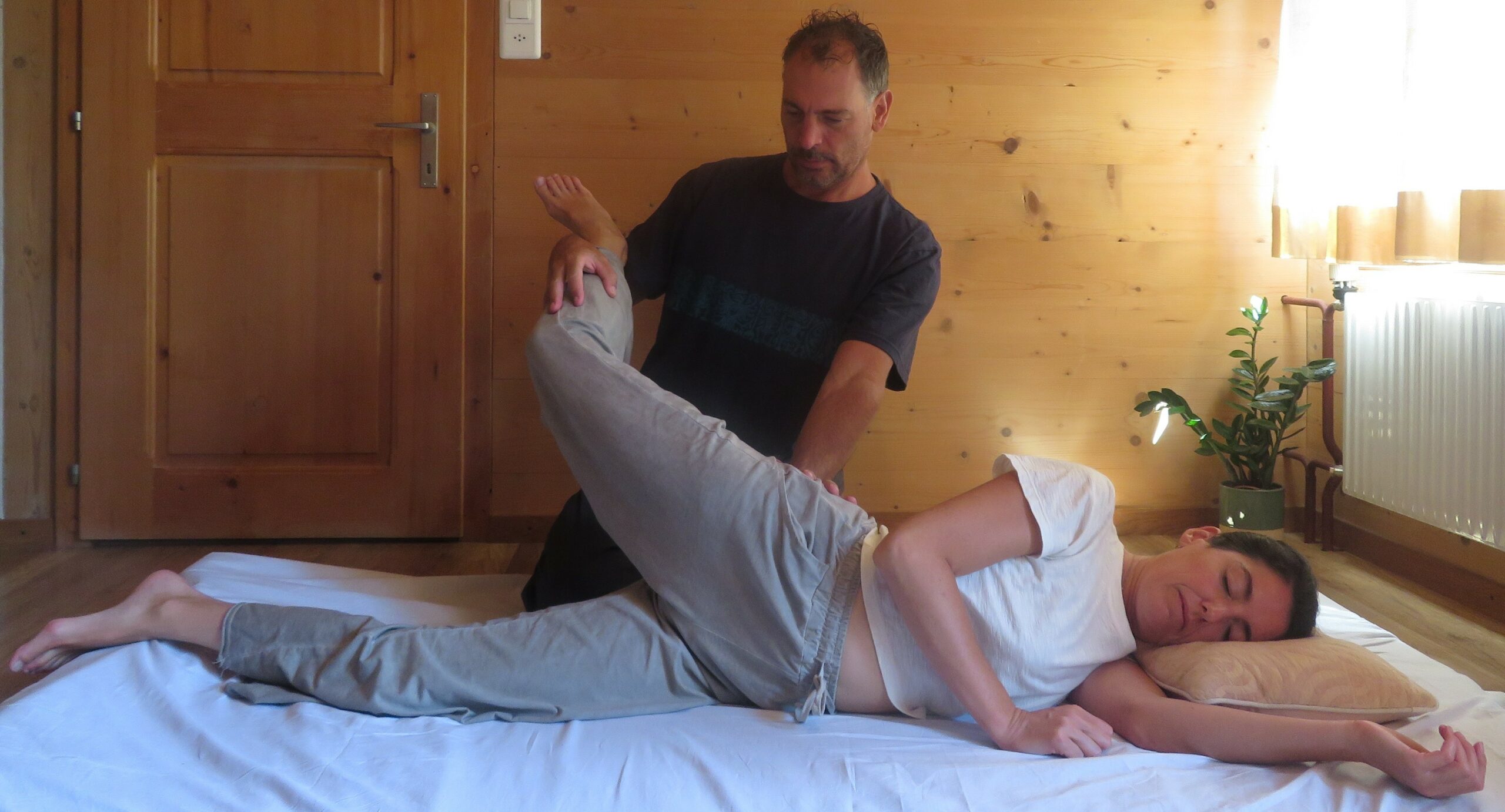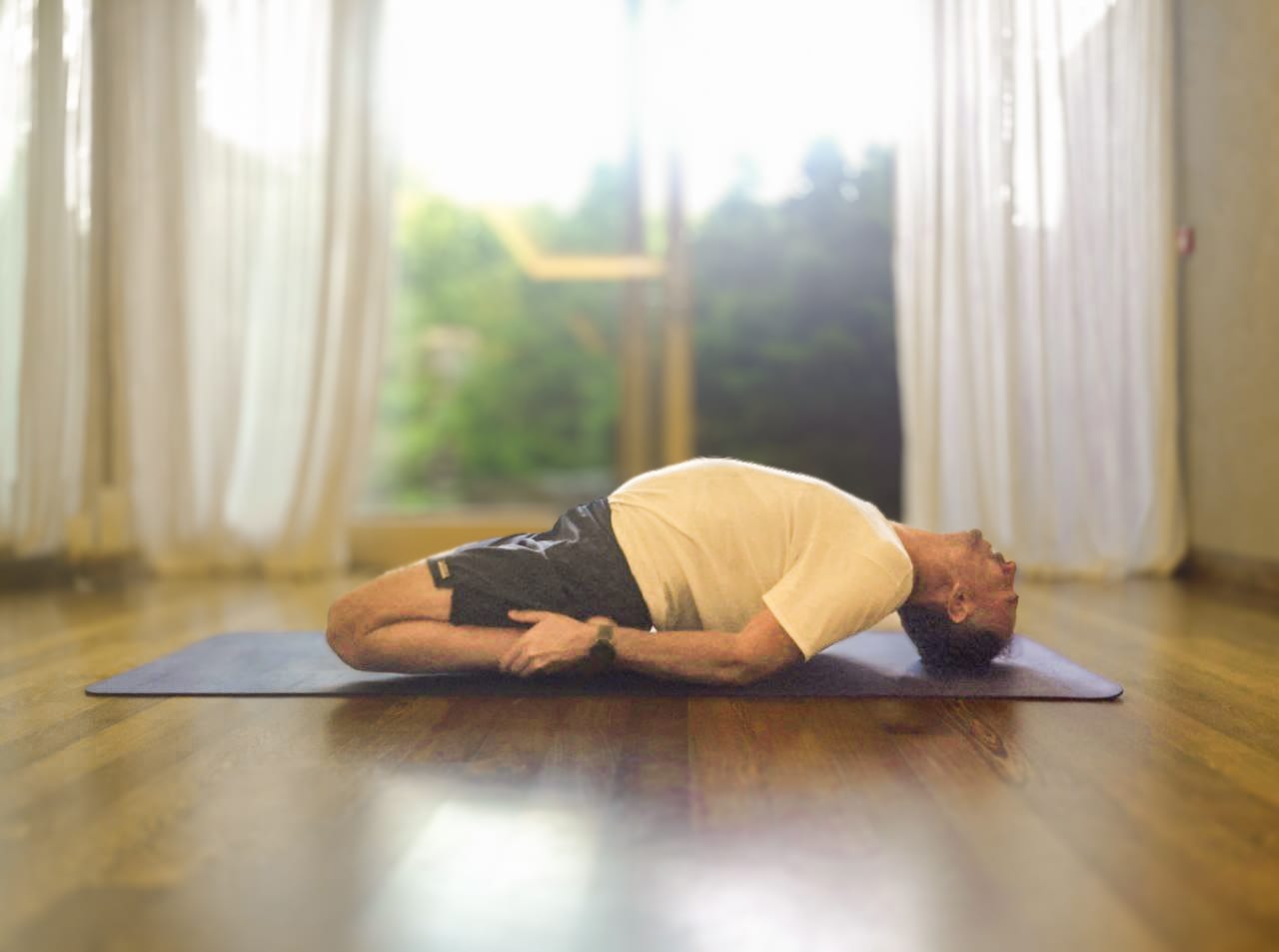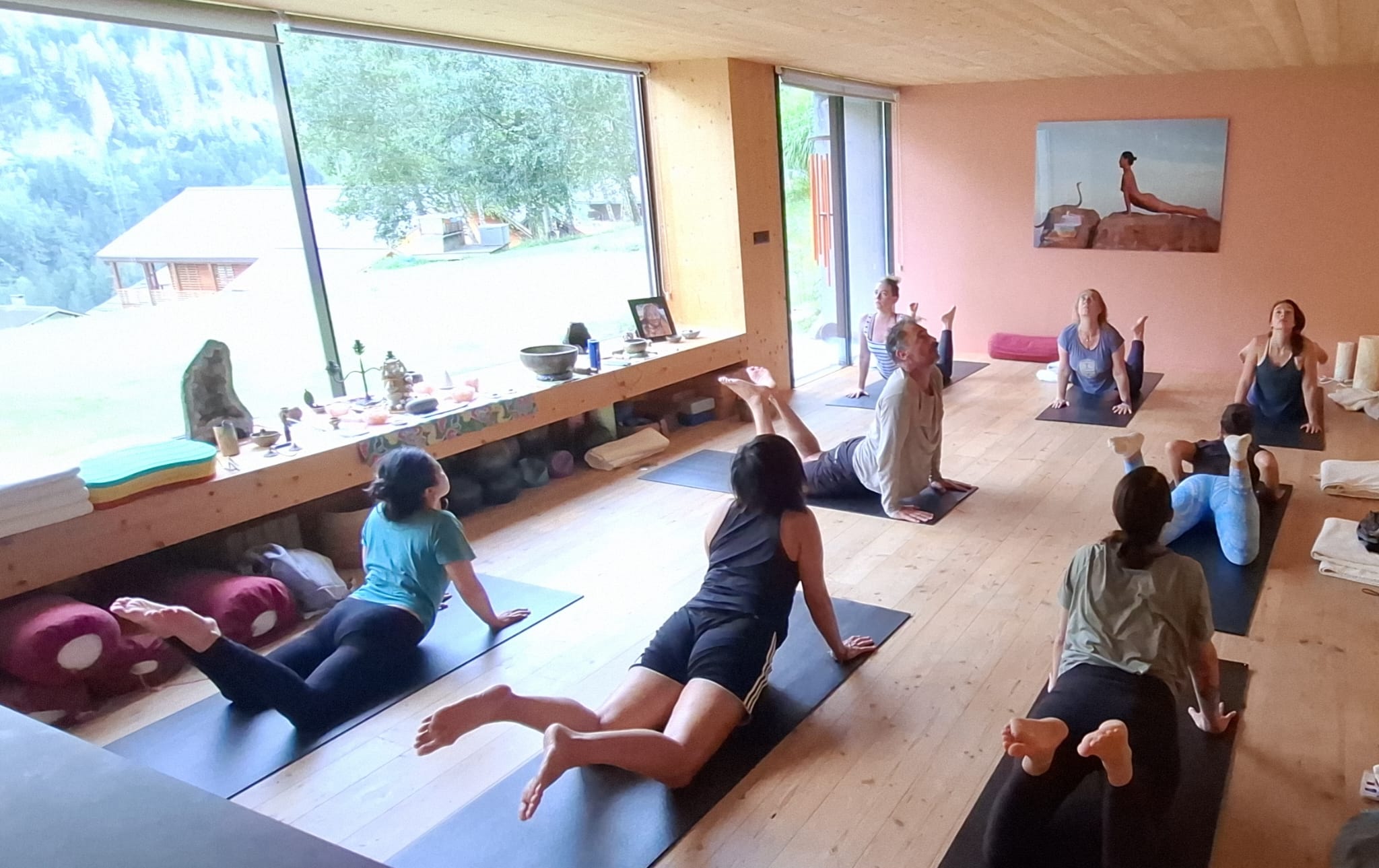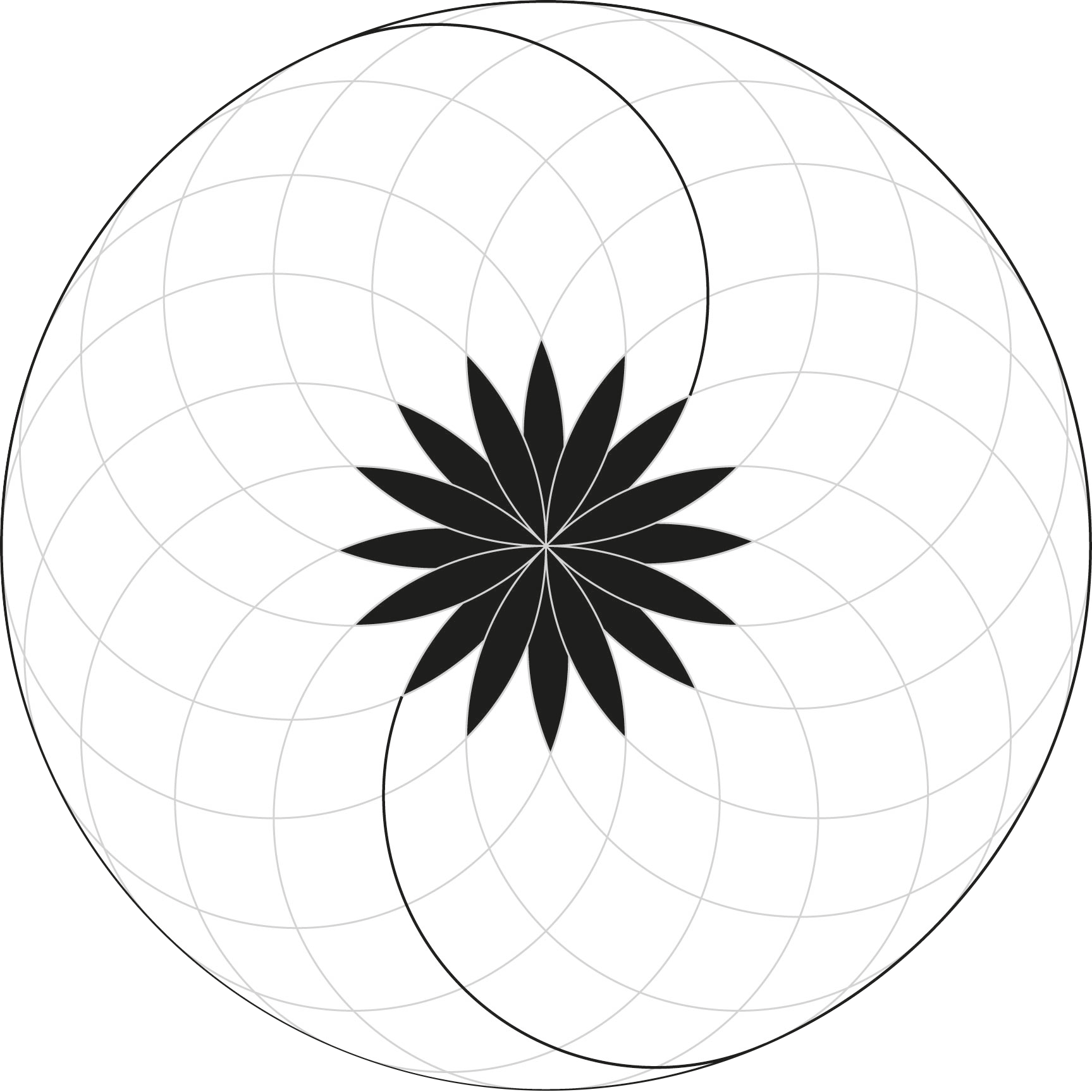Joan Fontarnau
Massage – Yoga – Retreats – Ski – Hikes.
Joan Fontarnau
Whether it’s a massage, private yoga training, ski guided days, scenic hikes, or a retreat, can contact me, I’ll be happy to help.

Deep Tissue – Relaxing oil massage – Thai Massage – Sport massage
Experience the benefits of my massage service in the comfort of your home or at our office.

Elevate Your Ski Experience with a Private Ski Instructor in Gstaad
Offering personalized guiding for:
Ski, Snowboard, Ski Touring, Snowshoe.

Somatic Hatha Yoga
Private Training & Group Yoga Lessons
Book your private session or Join our group yoga at Le Grand Hotel Bellevue every Tuesday at 18:30.

Eastern Alpine Retreat: Yoga & Ayurveda
Experience a holistic mountain retreat at Chalet Ganesha in Champéry, Switzerland.
Dates: Coming soon
